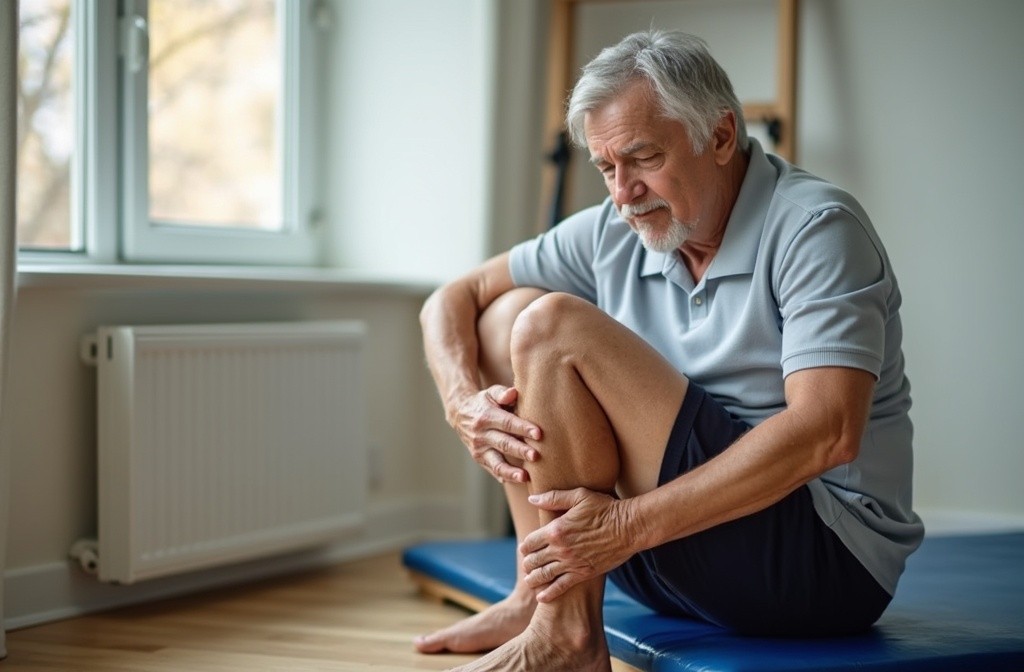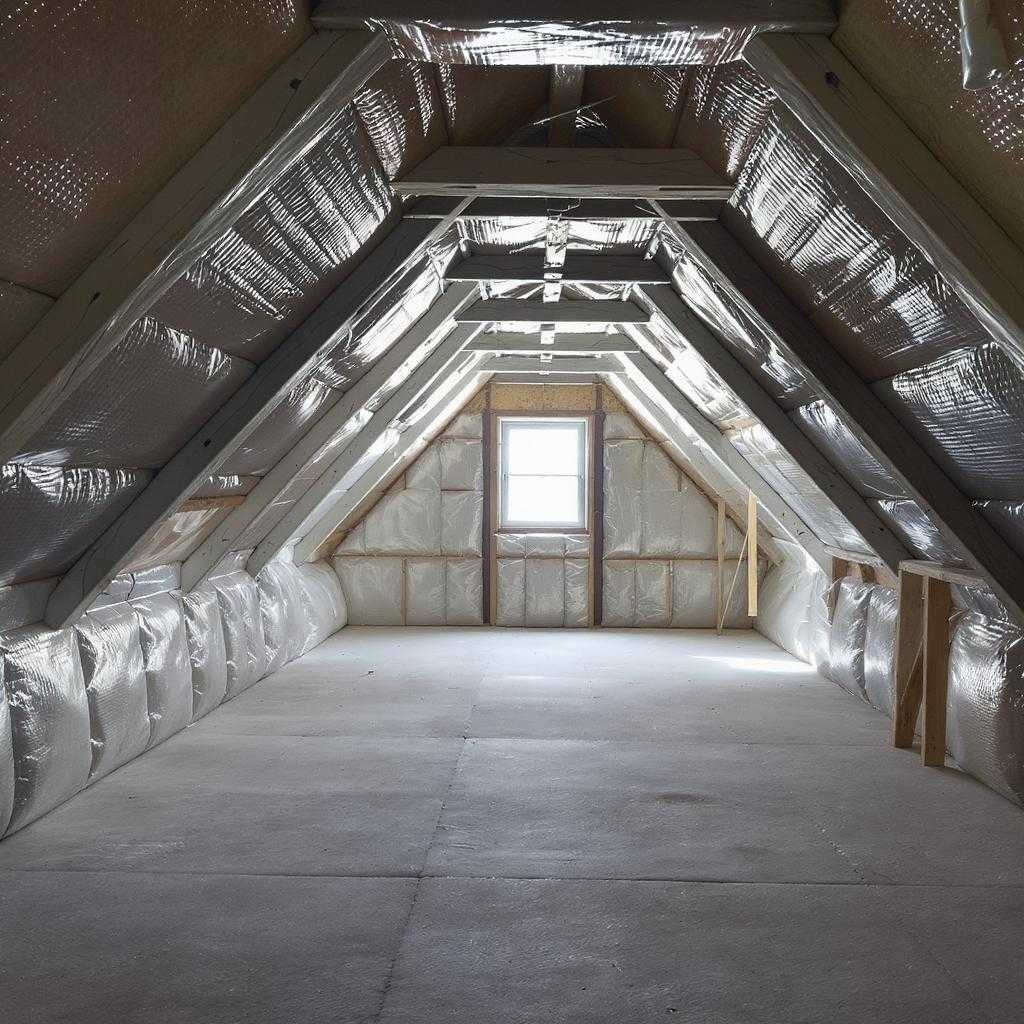Imagine the discomfort and difficulty faced by individuals every day when every step feels like a grind due to "bone-on-bone" osteoarthritis. Understanding this condition and exploring management strategies beyond surgery can change how one approaches joint health, offering hope to those seeking relief.

Demystifying "Bone-on-Bone" Osteoarthritis
The phrase "bone-on-bone" osteoarthritis is commonly used to describe a stage of osteoarthritis (OA) where the cartilage that once cushioned the joints has worn away, resulting in the bones rubbing directly against each other. This condition typically affects weight-bearing joints such as the knees and hips but can occur in any joint. The absence of cartilage not only causes pain but can also lead to inflammation and decreased mobility over time.
Understanding the implications of "bone-on-bone" osteoarthritis is crucial for effective management. When cartilage deteriorates, it can lead to the formation of osteophytes or bone spurs, further exacerbating discomfort and limiting joint flexibility. Treatment approaches that focus solely on pain may overlook the mechanical and inflammatory complications associated with these changes.
For more detailed insights into "bone-on-bone" osteoarthritis, Verywell Health provides an excellent overview of its medical implications and the processes leading to its development. You can read more about it here: What is Bone-On-Bone?.
Conservative Management Strategies
Surgical intervention is not the only solution for managing osteoarthritis, particularly in earlier stages or for those unwilling or unable to undergo surgery. There are several conservative, non-surgical treatment strategies that can effectively manage symptoms and improve quality of life.
- Physical Therapy: Engaging in tailored physical therapy can enhance joint function and reduce pain through strengthening exercises and customized movement plans. The aim is to improve the stability and movement of affected joints and sometimes involves adjunct therapies such as hydrotherapy.
- Weight Management: Reducing stress on joints by maintaining a healthy weight can significantly alleviate symptoms. Each pound lost removes approximately four pounds of pressure from the knees, making it an effective way to mitigate pain.
- Pharmacologic Treatments: Anti-inflammatory medications, such as NSAIDs, are commonly used to relieve pain and swelling. It’s important to use these cautiously due to potential side effects such as gastrointestinal irritation.
- Joint Injections: Options such as corticosteroid or hyaluronic acid injections can provide temporary relief and delay the need for surgery, although the effects may diminish over time.
- Lifestyle Modifications: Incorporating rest intervals into daily activities, using assistive devices to ease movement, and incorporating low-impact exercises like swimming and cycling can support joint health over time.
For a deeper dive into conservative joint management strategies, consider visiting this resource: Bone-on-Bone Joint Management.
Empowering Patients
A pivotal component of managing "bone-on-bone" osteoarthritis is patient education. Empowering individuals with knowledge about their condition enables informed decision-making and encourages proactive engagement in their health management.
Patient empowerment involves understanding the nature of osteoarthritis, its progression, and the role of different treatment options. Educational resources can bridge gaps in knowledge, dispel myths, and foster realistic expectations. An informed patient is better prepared to participate in discussions about their treatment plan and contribute to shared decision-making with their healthcare providers.
Additionally, self-care and monitoring techniques can be taught to patients, empowering them to track symptoms and understand when adjustments in treatment may be necessary. Resources such as Health.com provide valuable guidance on self-care strategies for osteoarthritis, offering patient-oriented advice to manage symptoms effectively without relying solely on medical interventions. For more insights, visit Osteoarthritis Self-Care.
An empowered patient is more likely to adhere to their treatment protocol, engage in suitable physical activities, and maintain a lifestyle that supports joint health. Encouraging self-efficacy and resilience in the face of chronic joint issues can lead to improved outcomes and a better quality of life.
Conclusion
Dealing with "bone-on-bone" osteoarthritis can seem daunting, but understanding the condition and exploring a range of management options can provide significant relief and improve daily functioning. By demystifying the term and considering conservative management strategies, individuals can navigate their osteoarthritis journey more effectively. Ultimately, the power lies in education and empowerment, equipping patients with the knowledge and tools they need to optimize their joint health and manage their symptoms in a way that aligns with their lifestyle and goals. Whether through guided physical therapy, informed lifestyle changes, or diligent self-care practices, there are numerous avenues to explore for those seeking to manage "bone-on-bone" osteoarthritis without surgery.




